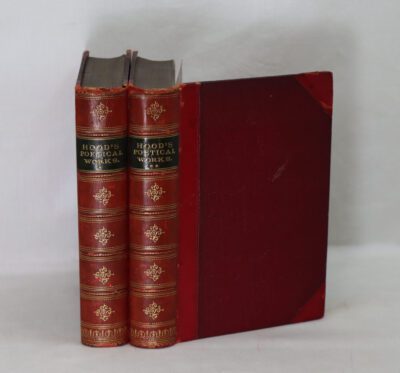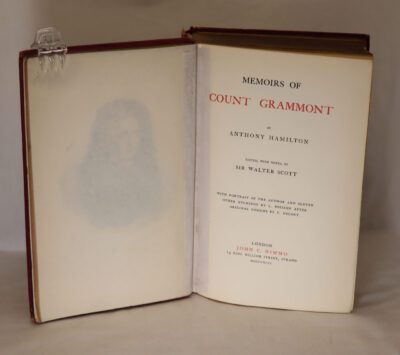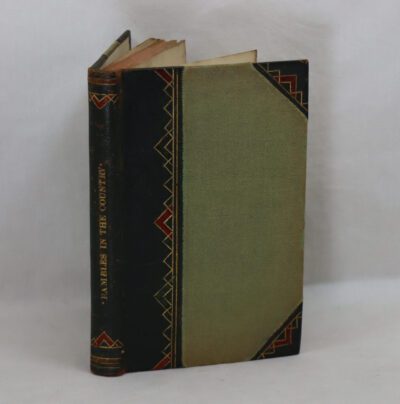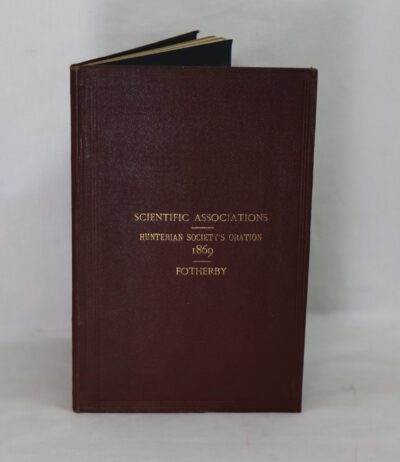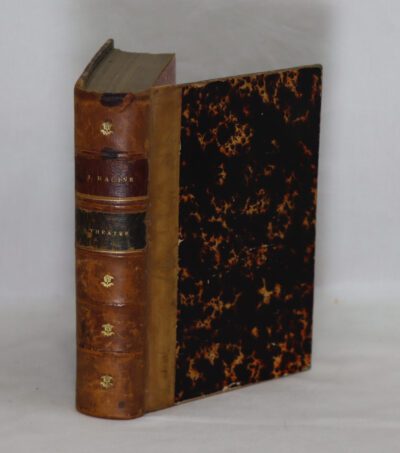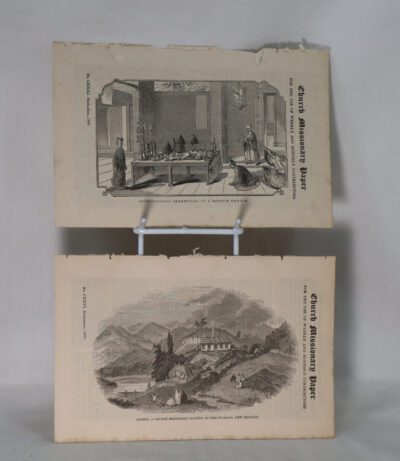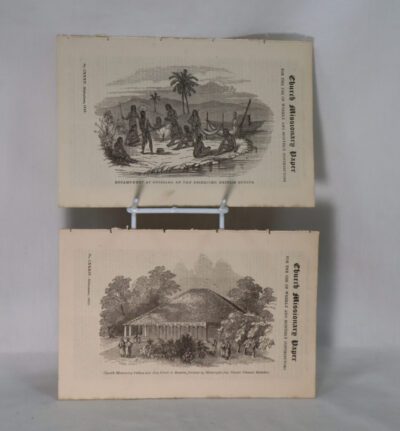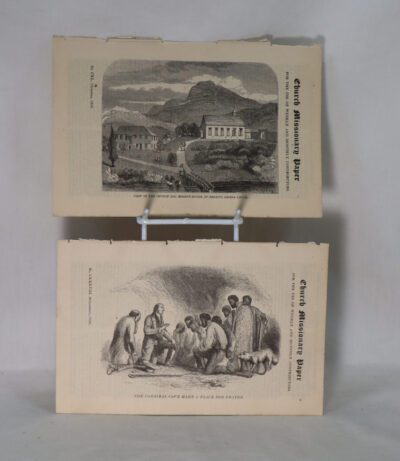The Four Cats of the Tippertons.
By Julia Goodard
Printed: Circa 1890
Publisher: Cassell & Co. London
| Dimensions | 13 × 19 × 2 cm |
|---|---|
| Language |
Language: English
Size (cminches): 13 x 19 x 2
Condition: Very good (See explanation of ratings)
Your items
Item information
Description
Blue cloth binding with gilt title and green leaves on the spine and the front board.
-
F.B.A. provides an in-depth photographic presentation of this item to stimulate your feeling and touch. More traditional book descriptions are immediately available.
Condition: Very Good. Undated hardback (sixth thousand stated) in Good Plus condition. Blue cloth boards, 219 pages plus advertisements, binding tight.
This is an extremely nice children’s book aimed at those with a great love of animals – just a loving read.
Julia Bachope Goddard (11 July 1825 – 30 September 1896), was a British children’s writer of more than 25 books, animal welfare campaigner, journalist and artist.
Early life: She was born in Birmingham on 11 July 1825, the eldest daughter in a family of ten children of Samuel Aspinwall Goddard (1796–1886) and his wife, Jemima Goddard, née Bachope (1800–1875). Samuel Aspinwall Goddard was born in Brookline, Massachusetts (a town 6 miles west of Boston), in the United States, and they were descendants of the ancient Goddard family of North Wiltshire. Her father moved to Birmingham in c.1820, where he was a gun manufacturer and iron merchant and exhibited at the 1851 The Great Exhibition. He also wrote pamphlets on free trade and currency reform and ran a multi-year writing campaign in The Birmingham Daily Post and The Times of London to try and convince the British public and parliament to side with the Union in the US Civil War. The family were very political, but neither Julia or Samuel ever ran for public office. He was the United States’ consul in Birmingham, and later became a naturalized British subject.
Julia Bachope Goddard 1825-1896
Career: In 1863 Goddard published her first children’s book, Karl and the Six Little Dwarfs, and at least a further twenty-five were published over the rest of her career. Many of her books concentrated on animal welfare, itself mirroring her long-term commitment to helping animals receive more humane treatment, more “moderate humanitarianism”, than the “more radical elements in the animal rights’ movements or anti-vivisection”. According to a contemporary account in the Animals’ Friend, Goddard was “one of the hardest and yet most unpretentious workers the movement has yet possessed”. Goddard suffered from extremely poor health from 1894 onwards after a severe case of influenza, and together with her failing eyesight, she had to stop writing. She was unmarried and lived with her sister, Fanny Delavan Goddard, in a cottage in Little Aston, near Sutton Coldfield, Warwickshire. She died at her cottage as a result of a cerebral hemorrhage on 30 September 1896.
Want to know more about this item?

Related products
Share this Page with a friend





